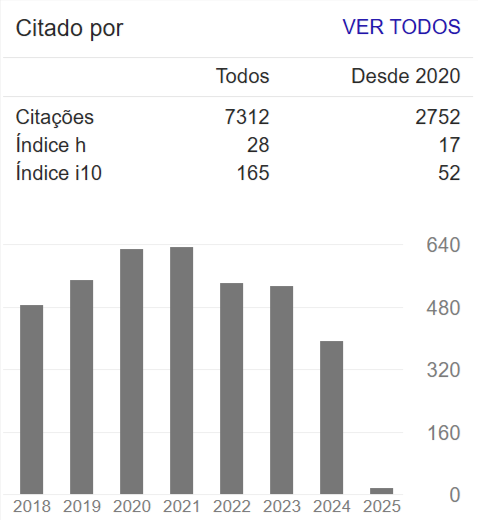Analysis of karst-fractured aquifers flows of the Lagoa Santa Karst EPA region, MG
Abstract
The study area, which encompasses the Environmental Protection Area (EPA) of the Lagoa Santa Karst, has an extension of 504 km2. In this region, metalimestones from the Sete Lagoas Formation occur, composed by Pedro Leopoldo and Lagoa Santa members, which accommodate the karst-fractured aquifers. The study method involved the collection of brittle and of karst dissolution structural measurements in a 9,000 m2 mesh, 1:300,000 scale, with the purpose of analyzing and associating them with cave directions and with groundwater flow directions toward east proven by dye tracer tests (E-W, NE and SE). Throughout the area, the systematic preponderance of caves and reliquary paleoconduits in N70-90W direction, with smooth plundge to east, indicates these paleoconduits result from dissolution along the intersection of high angle E-W fractures with smooth NNW bedding. High angle fractures, with NE and SE directions, are also frequent, although the exposure of their correlated paleoconduits and caves are rare. Nevertheless, even though N-S caves stand out as more persistent and elongated as well as E-W ones, groundwater flows were not observed in N-S direction. Results show that primordial structural parameters (high angle fractures and bedding planes) condition the underground flows in still active cave conduits toward east. However, there is a possibility of deep circulations in non-observable N-S segments occurring in the upper zones.

















